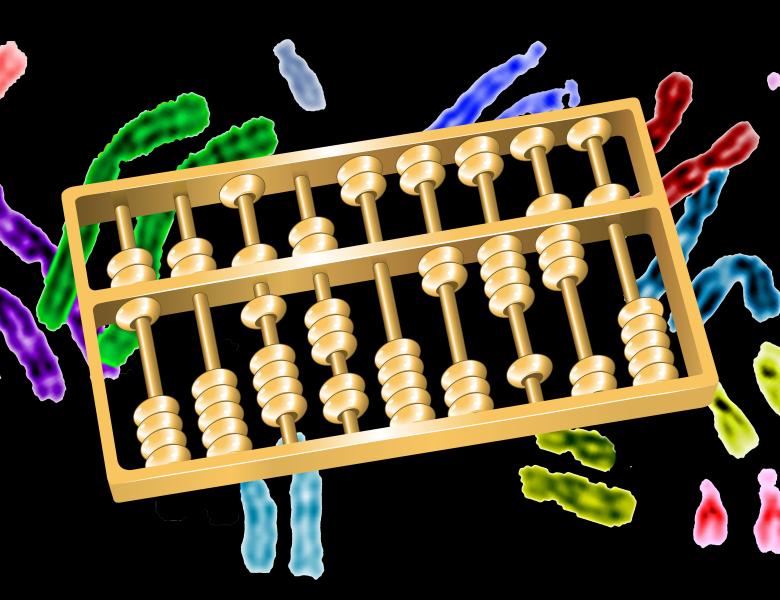
Abstract
The fission yeast Schizosaccharomyces pombe has more metazoan-like features than the budding yeast Saccharomyces cerevisiae with similarly facile genetics. Yet, it is significantly under-studied with little functional genomic information available. Here, we screened the whole fission yeast proteome three times (>75 million protein pairs) to generate the first high-coverage high-quality binary interactome network for S. pombe, FissionNet, comprising ~2300 interactions among ~1300 proteins. ~50% of these interactions were previously not reported in any species. FissionNet unravels previously unreported interactions implicated in processes such as gene silencing and pre-mRNA splicing. We developed a rigorous network comparison framework that accounts for assay sensitivity and specificity, revealing extensive species-specific network rewiring between fission yeast, budding yeast, and human. Surprisingly, although genes are better conserved between the yeasts, S. pombe interactions are significantly better conserved in human than in S. cerevisiae. Our framework also reveals that different modes of gene duplication influence the extent to which paralogous proteins are functionally repurposed. Finally, cross-species interactome mapping demonstrates that coevolution of interacting proteins is remarkably prevalent, a result with important implications for studying human disease in model organisms. Overall, FissionNet is a valuable resource for understanding protein functions and their evolution.


